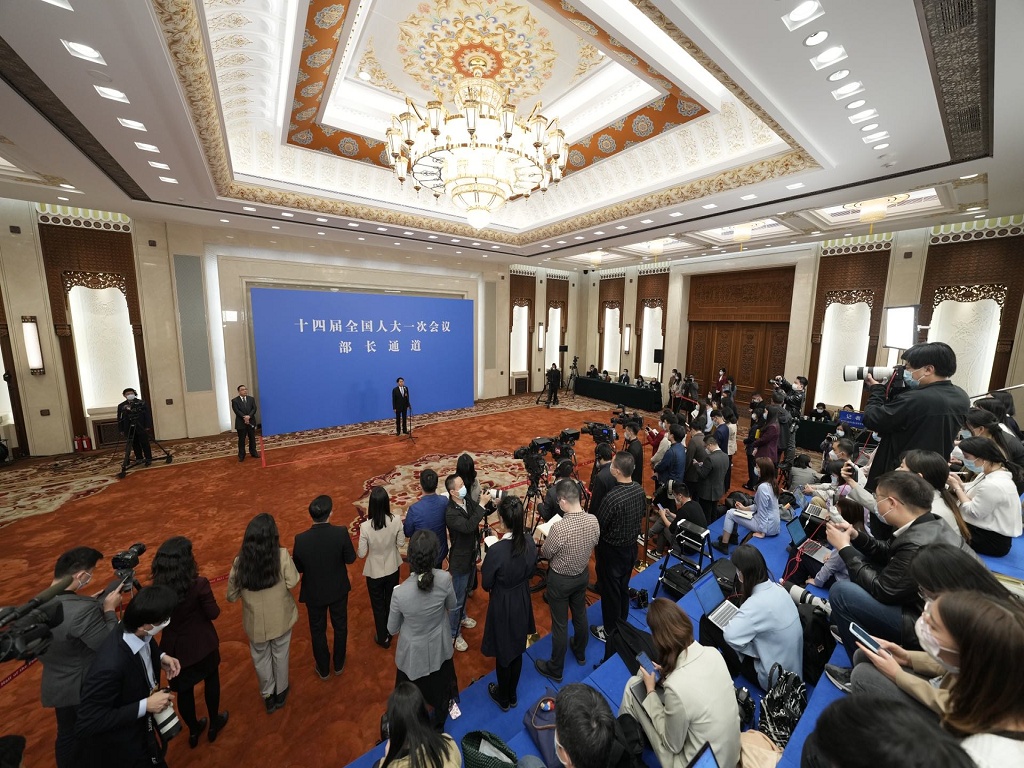Dragon-Elephant Tango for a Better Future

On March 5, a government work report was delivered at the first session of the 14th National People’s Congress, China’s top legislature, for deliberation in Beijing. It unveiled key targets for China’s development in 2023.
The country aims to expand its economy by around 5 percent, set its inflation target for the consumer price index (CPI) at around 3 percent, create around 12 million urban jobs, and lower the urban unemployment rate to around 5.5 percent this year. As stated in the report, the Chinese government stabilized the economy, steadily enhanced development quality, and maintained overall social stability in 2022, securing new and hard-won achievements in development.
By unveiling those targets, the Chinese government is demonstrating its confidence in economic recovery and enhancement of prosperity for its people.
In India, the news was not as cheerful. The GDP growth rate fell to 4.4 percent in the third quarter of the 2022-23 fiscal year, lower than the estimate of 4.6 percent from the Bank of Baroda Economics team. Madan Sabnavis, chief economist of the team, attributed the overall negative growth to manufacturing which has reaped weak profits. The second-quarter results did indicate a fall in profits due to high input costs.
A growing population will generate the fuel for more rapid growth. Even if India’s GDP grows faster than China’s, it will remain a fraction of the Chinese economy. India and China account for more than 30 percent of the global population. If the two countries work together, their contribution to the global market will be unparalleled.
In fact, like never before, China and India have begun to appreciate the urgency of good relations between the two countries. Neither country wants the West to meddle in Asia’s affairs, notwithstanding India’s participation in the Quad. India’s needs are growing as it becomes more vulnerable to pressures from the West.
A lot depends on India. India must learn to reduce tariffs like China has done to help reduce its high input costs. China has seen its overall tariff level fall from 9.8 percent to 7.4 percent over the past five years. India must also stop worrying so much about a trade deficit with China because much of the imports are raw materials for the pharmaceutical industry which largely leave the country as exports. Without imports from China, India’s exports would falter.
Meanwhile, China is expected to be more attentive to India’s border concerns, partly because tension does not help the situation and the fact that India’s government must be wary of its electoral base.
Both countries are capable of working towards a better relationship. The welfare of the two largest populations in the world is at stake. Many recognize that the balance of global power is rapidly shifting eastward. The need to prevent the West from poking its nose into the affairs of Asia is growing. The good news is that both India and China have realized this. In many ways, the future of both civilizations will depend on mutual prosperity of India and China.
The author is a senior journalist and consulting editor with Free Press Journal.
